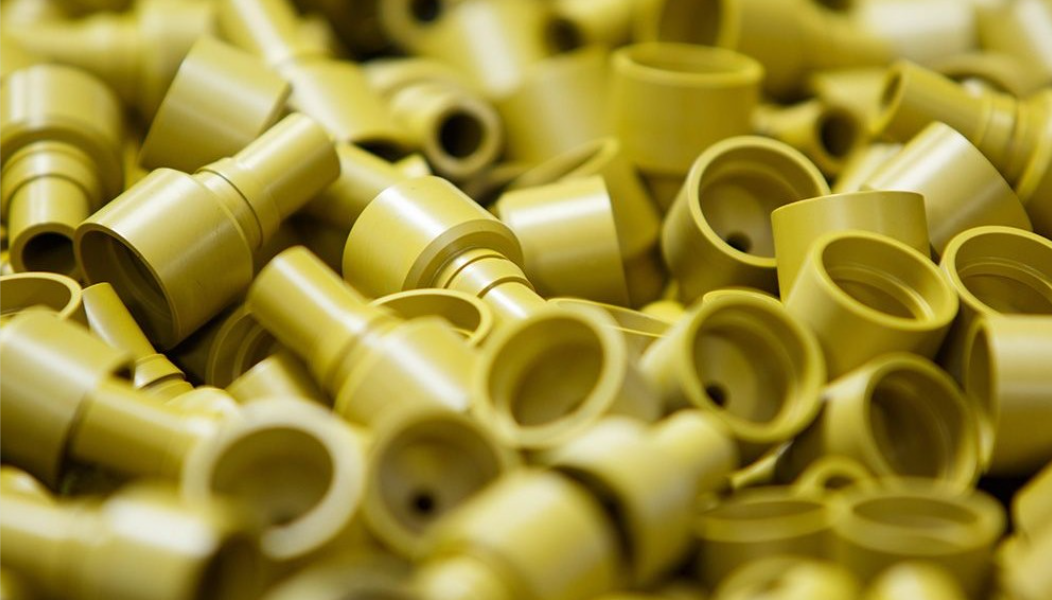Plastic mold design needs to determine the size of the mold structure, that is the template and parts such as cavity and core size, the main design parameters such as material shrinkage rate is particularly important because only determine the plastic forming shrinkage rate to determine the size of each part of the cavity. Even if the selected mold structure is correct but the parameters are improper, it is impossible to produce qualified plastic parts.
Thermoplastics are characterized by expansion upon heating, contraction upon cooling, or compression. In the process of injection molding, the molten plastic is first injected into the mold cavity to wait for the molten material to cool and solidify. When the plastic part is removed from the mold and stabilized, there will still be a small change in size. One change is the continuous shrinkage, which is called post-shrinkage. Another change is that some water-absorbing plastics expand due to moisture absorption. For example, when the moisture content of nylon 610 is 3%, the size increases by 2%. When the moisture content of glass fiber reinforced nylon 66 is 40%, the size increase is 0.3%. But the main effect is shaping shrinkage. At present, the methods to determine the plastic shrinkage rate (forming shrinkage + post shrinkage) are in accordance with the German national standard DIN16901.23 ℃ to + / – 0.1 ℃ when the mold size and shape after 24 hours at a temperature of 23 ℃, relative humidity of 50 + / – 5% of the measured under the condition of the difference between the corresponding parts size calculation.
Formula 1: S={(d-m)/D} 100%
Where: s-shrinkage rate; D- mold size; M- dimensions of plastic parts. D=M/(1-s) if the mold cavity is calculated with the known plastic part size and material shrinkage. In the mold design, in order to simplify the calculation, the following formula is generally used to calculate the mold size.
Formula 2: D = 2 M + MS
Formula 3: D=M+MS+MS2.
It applies to more precise calculations because the actual shrinkage rate is affected by many factors, the approximate value can only be used when determining the shrinkage rate, so the calculation of cavity size by formula 2 basically meets the requirements. In the manufacturing process of molds, the cavity is processed according to the lower deviation, the core is processed according to the upper deviation and appropriate dressing can be made where necessary.
It is difficult to determine the shrinkage rate at once because the shrinkage rate of various plastics is not a specified value but a range. The shrinkage rate of the same material produced by different factories is not the same, even the shrinkage rate of the same material produced by different batches produced by the same factory is not the same. Therefore, each factory can only provide users with the shrinkage rate range of the plastic produced by the factory. Secondly, the actual shrinkage rate in the forming process is also affected by the shape of the plastic parts, mold structure, and forming conditions.





